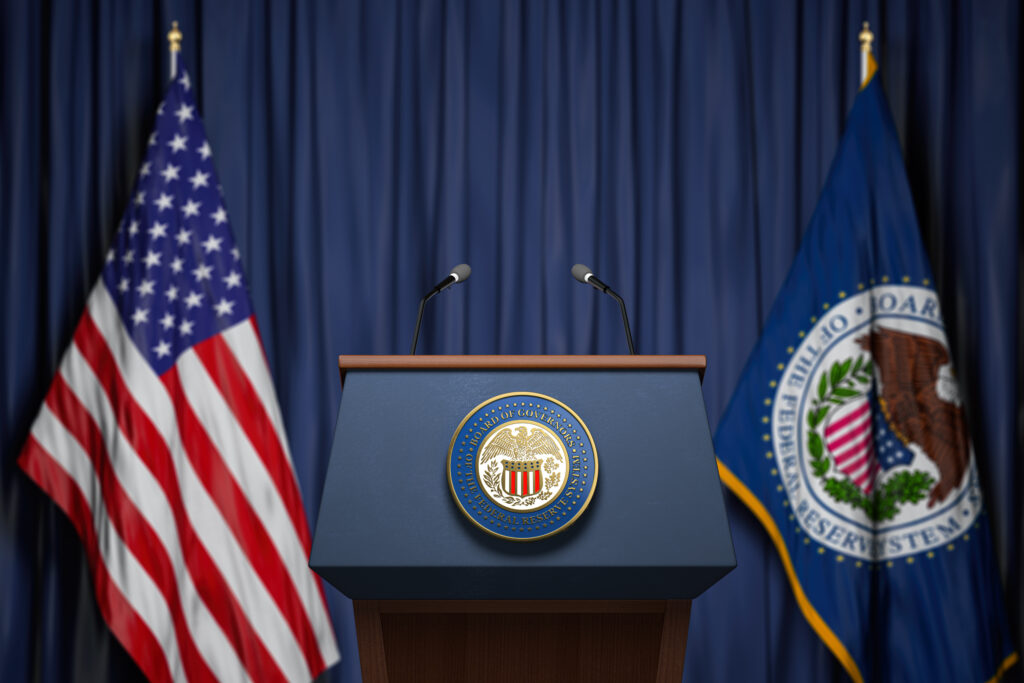WALKEN FOR CELEBRITY ADVERTISING MVP?
Sunday night, Patrick Mahomes made his fourth career Superbowl appearance. Not bad. But not as good as Christopher Walken, he’s been appearing in Superbowl’s for two decades.
Why? Because like quarterbacks, celebrities bring star power. And when they are properly aligned with their brand (or team), they win. Hence, Mahomes 3rd career title, and Walken’s 3rd Superbowl ad for three different car companies in his career
CELEBRITY POWER OUTSHINES CREATORS ON SPORTS BIGGEST STAGE
It’s not just Walken, by now everyone has read about the star-studded appearances in this year’s commercials. It’s still effective – ads with a celebrity have 25% more brand engagement online during the game (according to measurement platform EDO), 68% of consumers say a “celebrity-led Superbowl ad made the most likely to purchase” (UTA IQ research) and it’s damn refreshing to see.
While some may lament that brands are going back to the tried and true, typical high-cost production ads and more of the same, in fact they are wrong. Because for 364 days a year, marketers demand their ad agencies find “lightning in a bottle” or catch the next trend (Stanley) and license their brand representation to a 20-something influencer with 4 million followers and no inkling of what the brand they are pushing is all about. In fact, Sunday it was UberEATS, T-Mobile, Paramount and others who fearlessly bucked the trend of farming out their brand to the cavernous creator marketing nexus and took control back to establish why they exist.
They utilized celebrities because they work, they are recognizable, and they can act. But the brands also used celebrities because they strategically made sense. Arnold: “like a good neighba” for State Farm, Boston-based Dunkin casting the three most well-known Beantown celebrities, and of course CeraVe tapping into brand name recognition, I applaud these marketers for making a stand not just creatively, but strategically and for one day, to mind their brand house.
BRANDS USE THE SUPERBOWL TO OWN BUILDING THEIR BRAND, NOT OUTSOURCING!
I do not have a luddite aversion to creator marketing. The data supports that it is impactful, and it can be a tool to build brand growth. But it is one tool in the box, and as we have for decades superficially checked for the “most liked” Superbowl ads in AdWeek or USA Today Ad Meter, each day brands check the number of their views, impressions and likes of their paid and boosted UGC.
If only, on a daily basis, marketers treated each ad as a Superbowl ad and rather than absolve themselves of the responsibility to build their brands by punting it to the creator class, they had the confidence and fearlessness to create killer creative briefs and executing them flawlessly by utilizing every play in their playbook.
SO, KUDOS TO THE BRANDS THAT TAPPED INTO THE POWER OF THE CELEBRITY, CONGRATULATIONS PATRICK MAHOMES (AND YOU TOO, MR. WALKEN), AND BARRYMORE, SHUT YOUR FACE!







